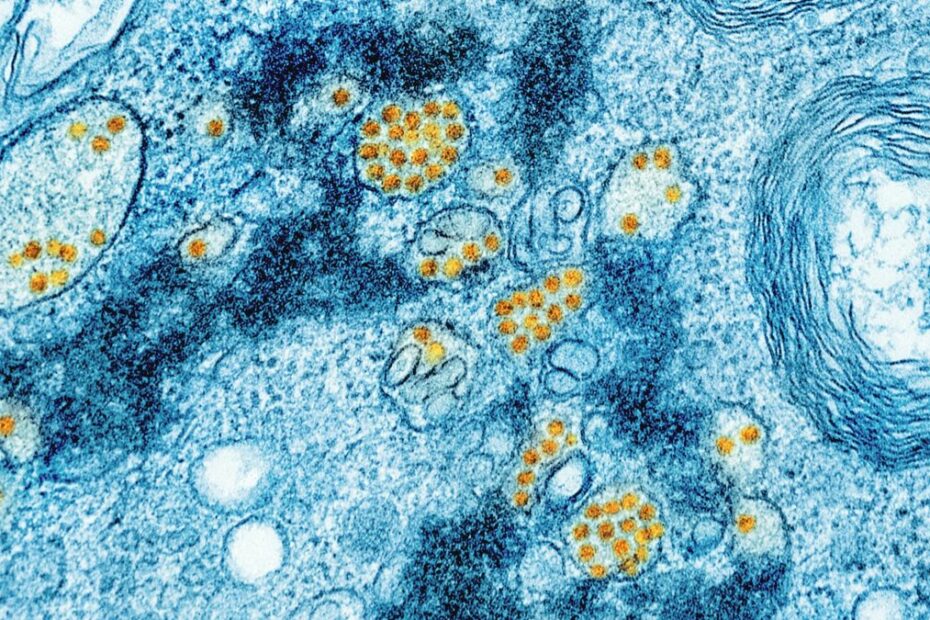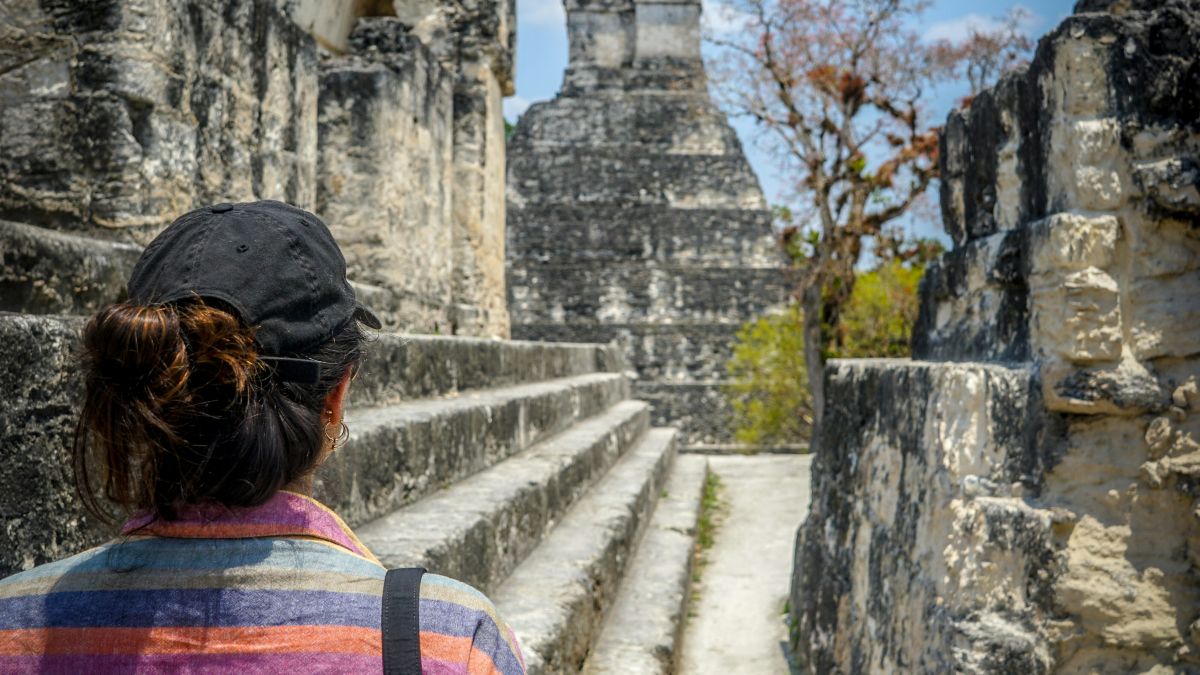A look at (the lack of) yellow fever in Central America and why you might need a vaccine if arriving into the region from certain countries around the world. Plus a brief outline of what you can catch in Central America, if you’re unlucky.
Over the past few years, vaccines have been big news for obvious reasons. The Covid pandemic put vaccines front and center of the news in a way that we’ve not seen in decades. Countries went crazy about vaccines, trying to make them – well, the Covid vaccine, at least – mandatory for anyone entering their territory. The countries of Central America were no exception, either.
At one time of other, all Central America wanted to make the Covid vaccine mandatory to enter. None of them, however, did that in the end. They all stopped short, and allowed unvaccinated travelers to enter if they provided a negative test. And nowadays, even that has gone. It seems the mass hysteria which engulfed us all has faded out.
But why are we bringing up this ancient history? It’s over, right? Well, yes, the Covid panic is over, and now nobody cares if you’re vaccinated or not in order to enter any country in Central America. But there was a world before Covid that still exists. A world where every country in the region recommended certain vaccines for entering travelers. And also, a world where some vaccines truly are mandatory for anyone trying to enter from certain parts of the world.
This article is about yellow fever and the yellow fever vaccine. Yellow fever is the only disease that Central American countries require a vaccination certificate against for travelers entering from certain countries. We’ll outline all this for you below.
What is Yellow Fever?
Yellow fever is a viral disease transmitted by mosquitoes, primarily in tropical regions of Africa and South America. It infects around 200,000 people a year, and kills around 30,000 people, the vast majority in Africa. Symptoms range from mild (headache, fever, fatigue, nausea) to severe (high fever, jaundice, kidney/liver failure, death). There’s no cure or treatment for yellow fever, apart from the vaccine itself, which was created in 1938 and is safe. Yellow fever is not contagious from people to people, but if you had yellow fever and a mosquito bit you, then it could transfer the disease to the next person it bites.
And that is what Central America wants to avoid. There’s no significant risk from yellow fever in Central America, and the region wants to keep it that way. So it requires travelers from countries with higher risks of yellow fever to be vaccinated.
A booster dose for #yellowfever is no longer recommended. One shot and you are good to go! #traveltips #travel #traveler #traveling #travelhealth https://t.co/ldpFB0bD1x pic.twitter.com/HAJh1p2txy
— Away Clinic (@AwayClinic) February 5, 2024
Central American Countries with Yellow Fever Transmission
As it stands, Panama is the one Central American country deemed by the World Health Organization to be at risk for yellow fever transmission. Please note though, that the WHO only considers the remote parts of eastern Panama in the jungles of the Darien, near the Colombian border risky. Everywhere else is fine and you do not need a yellow fever vaccination if entering other Central American countries from Panama.
So What Countries Do You Need a Yellow Fever Vaccination to Travel From?
If you’re traveling to Central America from the following countries (all in sub-Saharan Africa and South America), you will need a World Health Organization (WHO) yellow fever vaccination certificate:
- Angola
- Benin
- Bolivia
- Brazil
- Burkina Faso
- Cameroon
- Colombia
- Democratic Republic of the Congo
- Ecuador
- Gabon
- Gambia
- Guinea
- Guyana
- Liberia
- Nigeria
- Peru
- Sierra Leone
- Sudan
- Venezuela
Oftentimes, you will need to present your certification when checking in for your flight before arrival in Central America. The yellow fever vaccine details break down like this for travelers arriving into Central America from any of the countries listed above:
- Belize (yellow fever vaccine required for anyone older than one year)
- Costa Rica (yellow fever vaccine required for anyone older than nine months)
- El Salvador (yellow fever vaccine required for anyone older than one year)
- Guatemala (yellow fever vaccine required for anyone older than one year)
- Honduras (yellow fever vaccine required for anyone older than one year and younger than 50)
- Nicaragua (yellow fever vaccine required for anyone older than one year)
- Panama (yellow fever vaccine required for anyone older than one year)
Again, it’s important to note that the yellow fever required to enter Central America is not about protecting you from getting the disease – aside from some remote parts of Panama, yellow fever is not in the region. The vaccine is about preventing you – a traveler who has been in a country with yellow fever – from bringing the disease into the region. The vaccine is vital to prevent the spread of the yellow fever in the region. Travelers should consult healthcare providers for advice on obtaining the vaccine and potential side effects.
What About Other Diseases in the Region?
While you’re not going to get yellow fever in Central America (and Central America wants to keep it that way), it’s worth pointing out that travelers can pick up some illnesses in the region. Below, we’ll outline what to watch out for and how to stay healthy.
Montezuma’s Revenge (stomach issues)
Many travelers in Central America get sick from food or water. This happens because their stomachs are not used to the different bacteria. Symptoms can range from mild diarrhea to heavy flu-like symptoms. To stay healthy, drink bottled or boiled water and avoid ice. In higher areas, boil water for longer to make it safe to drink. If you can’t get bottled water, you can use iodine or chlorine to purify it. Iodine works better. Water purification tablets are sold in pharmacies and sporting goods stores. Be careful with raw food, especially meats, fruits, and vegetables. If you peel fruits yourself, it’s safer.
If you have diarrhea, drink lots of liquids to stay hydrated. Fruit juices, soft drinks without caffeine, and salted crackers are also good choices. If diarrhea is severe, it’s a good idea to get a stool sample tested at a lab. This can show what’s causing the problem, like amoebas or parasites. Then you can treat it with medicines you can buy without a prescription.
Malaria
Although rare, malaria is found in Central America, especially in rural areas. To protect yourself, use mosquito repellent with DEET, wear long-sleeved shirts and pants, and sleep under mosquito nets. You can also take antimalarial drugs before your trip, but talk to your doctor first about the pros and cons. Ask if the medicine might make your skin sensitive to the sun. Since malaria mosquitoes are most active at night, try to avoid being bitten after dark. Remember that symptoms like fever, chills, and body aches can show up months after your trip.
Dengue
Dengue fever is a risk in tropical areas, spread by mosquitoes active during the day. There’s no vaccine, so the best way to avoid it is to prevent mosquito bites. Dengue can cause severe body aches, earning it the nickname “bone-break fever.” The first infection is usually bad but not usually serious. However, a second infection with a different strain can be life-threatening. If you get it, take paracetamol and drink plenty of fluids.
Bites/Stings
Encounters with snakes, scorpions, and spiders are rare if you don’t bother them. Always watch where you step and never walk barefoot. In jungles or rainforests, shake out your clothes and check your shoes before wearing them. Africanized bees are common but won’t attack unless provoked. Sand flies are annoying but not dangerous; wear long clothes to protect against them. Rabies is unlikely but possible in rural areas. If bitten by an infected animal, wash the wound and go to the hospital. There’s a vaccine, but you only need it for risky activities like cave exploring. Treatment works but needs to be given quickly.
Hepatitis A
Hepatitis A is a virus you can get from contaminated water, food, or infected people. It affects the liver, causing symptoms like fever, jaundice, and nausea. While most people recover, it can sometimes lead to liver damage. There’s a vaccine you can get before traveling to protect yourself.
Typhoid
Typhoid fever, caused by Salmonella typhi infection, can be serious and even life-threatening. However, with proper care, serious illness can usually be prevented. In the United States, typhoid fever is often linked to travel abroad, including to southern Asia and Central America. It’s recommended to get the typhoid vaccine before traveling, especially if visiting smaller towns or rural areas. Even if vaccinated, follow food and water safety measures to avoid typhoid fever and other infections.
The hotter the food, the fewer the germs. Follow this tip to avoid traveler’s diarrhea, typhoid, hep A, and other food and water-borne illnesses while traveling. #traveltips #travel #traveler #traveling #travelinspiration https://t.co/gVH2OhVRk5 pic.twitter.com/dYyQyZEbGa
— Away Clinic (@AwayClinic) January 15, 2024
Conclusion
With the exception of Montezuma’s Revenge, the other illnesses mentioned above are pretty rare and hard to get, unless you’re really trying. Typhoid, for example, happens in poor, unsanitized areas, where you’ll most likely not visit – and when there is an outbreak, it tends to make the news. The mosquito-borne illnesses are easy to avoid. That said, if you’re traveling for a long time in remote areas, we would recommend some immunizations, including hepatitis A and B and typhoid. Consult with a healthcare professional about immunization recommendations for Costa Rica, Panama, or any of the other countries in the region.



